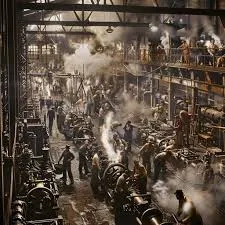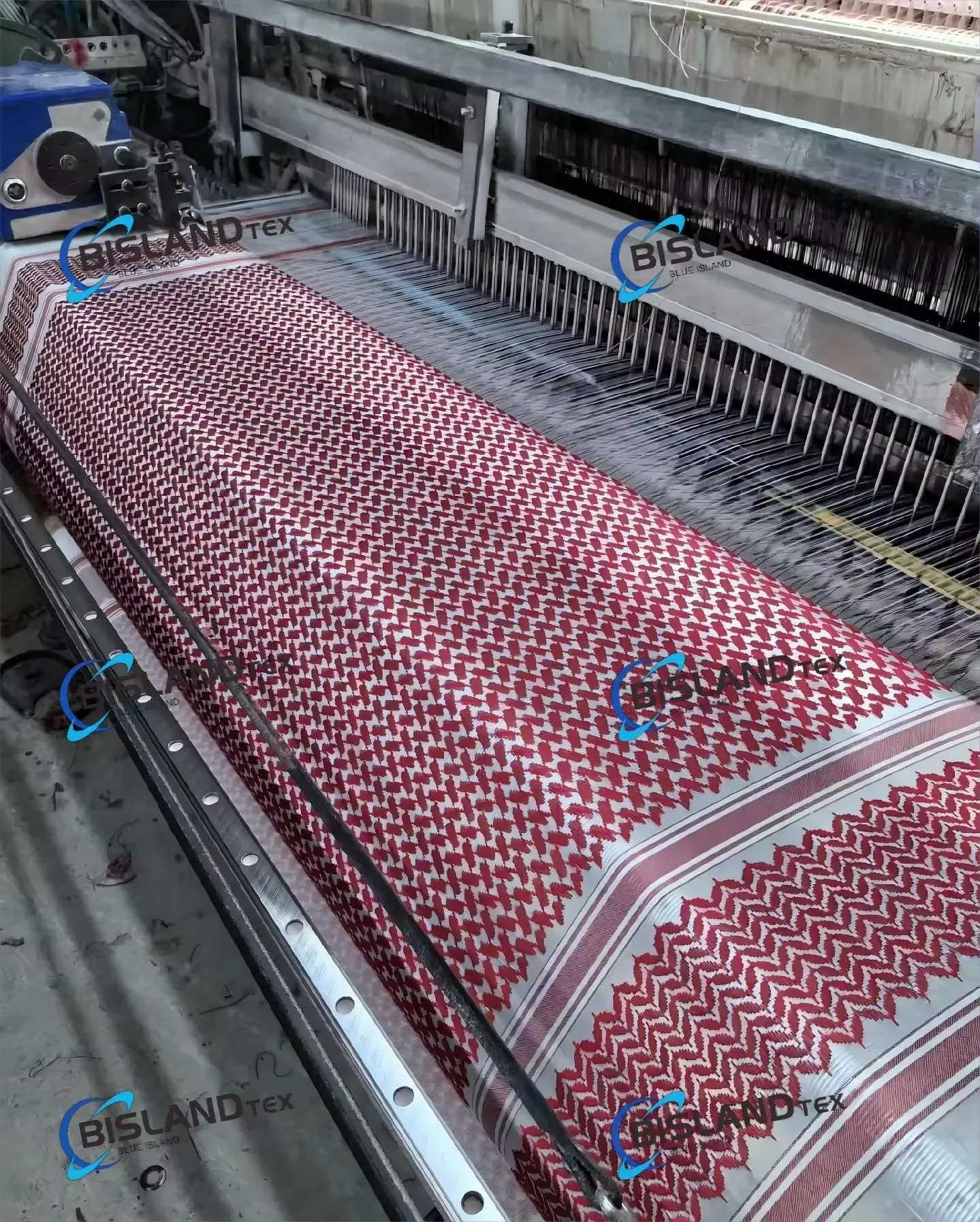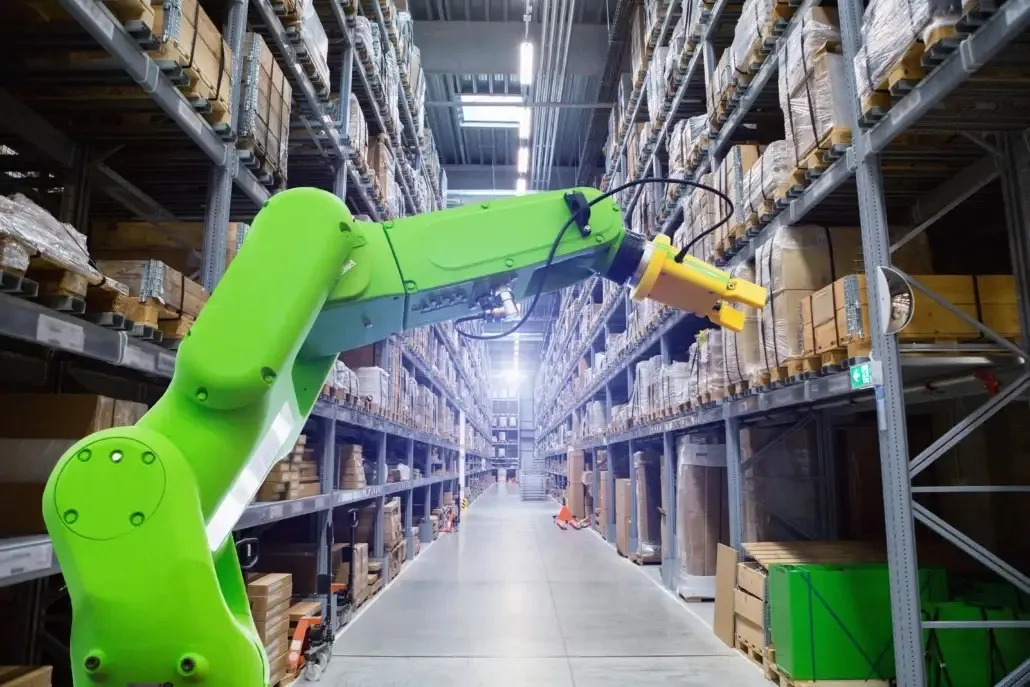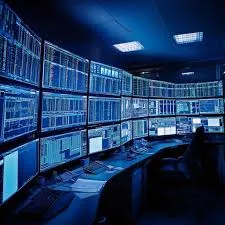
The Evolution of Textile Automation Machinery
The textile industry, one of the world's oldest and most fundamental sectors, has undergone a profound transformation over the centuries. This evolution, driven by the relentless pursuit of efficiency, quality, and scale, is most clearly seen in the development of textile automation machinery. The journey from manual hand-weaving to today's lights-out, AI-driven factories represents a remarkable story of technological innovation that has reshaped global economies and societies.
The Dawn of Industrialization: The First Wave of Automation
The story of textile automation begins in earnest with the Industrial Revolution in 18th-century Britain. For millennia, textile production was a cottage industry, reliant on simple tools like the spinning wheel and handloom. The invention of key machines broke this paradigm, moving production from homes to centralized factories.
Key Inventions of the 18th Century
- The Flying Shuttle (1733): John Kay's invention allowed a weaver to work wider fabrics much faster, increasing the demand for spun thread.
- The Spinning Jenny (1764): James Hargreaves' machine enabled a single worker to spin multiple spools of thread simultaneously.
- The Water Frame (1769): Richard Arkwright's water-powered frame produced stronger cotton yarn, leading to the establishment of the first true factories.
- The Power Loom (1785): Edmund Cartwright's mechanized loom eventually replaced handloom weavers, fully integrating weaving into the factory system.

Rows of early steam-powered looms in a 19th-century textile mill, representing the shift from manual to mechanical production.
The 20th Century: Electrification, Speed, and Specialization
The 20th century saw the widespread adoption of electricity, which provided a cleaner, more flexible, and more powerful source of energy than steam. This led to a second wave of automation characterized by increased speed, reliability, and the development of specialized machinery for synthetic fibers.
Major Advancements
- High-Speed Looms: The development of automatic loom changers (like the Northrop Loom) and later, shuttleless looms (rapier, air-jet, water-jet), dramatically increased weaving speeds and reduced labor.
- Open-End Spinning (Rotor Spinning): Introduced in the 1960s, this technology offered much higher production rates for coarse and medium yarns compared to traditional ring spinning.
- Computer Numerical Control (CNC): Towards the late 20th century, CNC technology began to be applied to textile machinery, allowing for precise control over complex patterns in weaving and knitting.
The following table highlights the key differences between traditional and mid-20th-century automated machinery:
| Process | Traditional Method (Pre-20th Century) | 20th Century Automation |
|---|---|---|
| Spinning | Spinning Wheel, Mule Spinning (semi-automatic) | Ring Spinning Frames, Open-End (Rotor) Spinning Machines |
| Weaving | Handloom, Early Power Looms (slow, manual shuttle reloading) | Automatic Shuttle Looms, High-Speed Shuttleless Looms (Air-Jet, Rapier) |
| Knitting | Hand Knitting, Flatbed Knitting Machines (manual operation) | Circular Knitting Machines, Electronic Flatbed Knitting Machines |
| Control System | Manual skill and mechanical cams | Electromechanical controls, early programmable logic controllers (PLCs) |

A mid-20th century weaving hall equipped with high-speed shuttleless looms, showcasing the scale and speed achieved by this era.
The Digital Revolution: The Era of Computerization and Robotics
Beginning in the 1980s and accelerating into the 21st century, the integration of computers, robotics, and sophisticated software marked the third major phase in textile automation. This shift moved beyond mechanization to true digitalization and flexibility.
Pillars of the Digital Revolution in Textiles
1. Computer-Aided Design and Manufacturing (CAD/CAM)
CAD systems allowed designers to create intricate patterns digitally, which could then be sent directly to automated looms, knitting machines, and printing systems (CAM), eliminating the need for time-consuming and error-prone manual pattern setting.
2. Programmable Automation
Advanced PLCs and industrial PCs provided unprecedented control over machine functions, enabling quick changeovers between products, monitoring of production parameters, and data collection.
3. Industrial Robotics
Robots were introduced for material handling tasks that were repetitive or hazardous for humans, such as palletizing finished fabrics, loading cones onto warping machines, and automated guided vehicles (AGVs) for transporting materials within the factory.

An industrial robotic arm automating the handling and palletizing of textile rolls, increasing efficiency and reducing physical strain on workers.
Industry 4.0: The Smart Textile Factory of Today and Tomorrow
We are now in the midst of the fourth industrial revolution, or Industry 4.0, where cyber-physical systems, the Internet of Things (IoT), and artificial intelligence (AI) are creating interconnected, self-optimizing production environments known as "smart factories."
Key Technologies of Industry 4.0 in Textiles
- Internet of Things (IoT): Sensors embedded in machinery collect real-time data on performance, energy consumption, and maintenance needs.
- Big Data and AI: AI algorithms analyze production data to predict machine failures (predictive maintenance), optimize production schedules, and detect fabric defects with superhuman accuracy using computer vision.
- Additive Manufacturing (3D Printing): Used for rapid prototyping of textile components, creating custom looms parts, and even printing directly onto fabrics.
- Advanced Robotics: Collaborative robots (cobots) work safely alongside humans, performing tasks like inspection or finishing, while more advanced robots can handle delicate fabrics with precision.
| Aspect | Traditional Automation | Industry 4.0 Smart Factory |
|---|---|---|
| Data Usage | Limited; mostly for basic machine control | Central to operations; used for optimization, prediction, and decision-making |
| Connectivity | Machines are isolated or have limited connectivity | Machines, systems, and people are interconnected via IoT |
| Flexibility | Designed for mass production; changeovers are slow | Mass customization; agile and able to quickly adapt to new orders |
| Maintenance | Reactive or preventive (scheduled) | Predictive (based on actual machine condition data) |

The nerve center of a modern smart textile factory, where data from IoT-connected machines is monitored and analyzed in real-time.
Conclusion
The evolution of textile automation machinery is a continuous narrative of innovation, each phase building upon the last. From the mechanical breakthroughs of the Industrial Revolution to the digital intelligence of Industry 4.0, automation has consistently driven the textile industry towards greater productivity, quality, and sustainability. As we look to the future, the integration of AI, advanced materials, and even more sophisticated robotics promises to further revolutionize this ancient craft, creating a textile industry that is smarter, more responsive, and more efficient than ever before.
